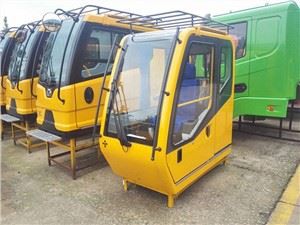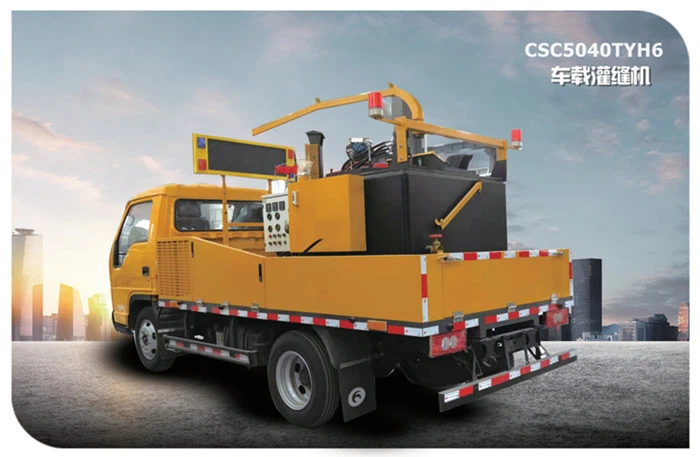Ultimate Guide to Peterbilt Rims: Enhancing Your Ride

If you’re a proud owner of a Peterbilt truck, you understand the importance of maintaining every component to ensure optimum performance. One critical aspect that often gets overlooked is the rims. Choosing the right Peterbilt rims can not only enhance the aesthetic appeal of your truck but also improve its performance on the road. In this comprehensive guide, we’ll explore everything you need to know about Peterbilt rims, from types and sizes to maintenance tips and frequently asked questions.
Understanding Peterbilt Rims
What Are Peterbilt Rims?
Peterbilt rims are the circular metal components on which the tires are mounted for Peterbilt trucks. They play a vital role in supporting the weight of the vehicle, ensuring better handling, and affecting fuel efficiency. Rims come in various sizes and materials, impacting performance and aesthetics.
Why Rims Matter
The right rims can enhance the overall performance of your truck. They can improve load handling, increase durability, and provide better fuel efficiency. Additionally, high-quality rims can elevate the visual appeal of your truck, making it stand out on the road.
Types of Peterbilt Rims
Steel Rims
Steel rims are durable and strong, making them ideal for heavy-duty applications. They are less expensive than their aluminum counterparts, but they also tend to be heavier, potentially impacting fuel efficiency. Steel rims are resistant to deformation and can withstand rough road conditions.
Aluminum Rims
Aluminum rims are lighter than steel rims, which helps improve fuel efficiency. They also offer better heat dissipation, reducing the risk of overheating. However, aluminum rims can be more susceptible to bending and damage compared to steel rims, making them a less ideal choice for extreme conditions.
Forged vs. Cast Rims
Forged rims are created by compressing a single piece of aluminum, delivering superior strength and performance. Cast rims, on the other hand, are made by pouring molten aluminum into a mold. While cast rims are generally less expensive, forged rims offer greater strength and lighter weight.
Choosing the Right Size
Understanding Rim Size
Rim size is measured by diameter and width. Common diameters for Peterbilt rims are 22.5 inches, but you should always check your truck’s specifications. Width can affect tire compatibility, handling, and overall aesthetics.
Effects of Rim Size on Performance
Choosing the correct rim size is crucial. Larger rims can improve handling but may lead to a rougher ride. Conversely, smaller rims often provide a smoother ride but may compromise handling. It’s essential to find a balance based on your specific needs.
Example of Rim Size Impact
| Rim Size | Handling | Comfort | Fuel Efficiency |
|---|---|---|---|
| 22.5 inches | Excellent | Moderate | Good |
| 24.5 inches | Outstanding | Poor | Fair |
Popular Peterbilt Rim Brands
Alcoa Wheels
Alcoa is a well-known brand for producing high-quality aluminum rims. Their products are valued for their strength and weight advantages, making them popular among truck drivers looking to improve fuel efficiency and performance.

Accuride Wheels
Accuride specializes in both steel and aluminum rims. They focus on innovation and offer a wide range of options that meet the needs of different truck configurations.
Vision Wheels
Vision Wheels is recognized for its stylish designs and quality. Their rims not only enhance the look of your truck but are also engineered for durability and performance.
Installation Tips for Peterbilt Rims
Tools Required
To install new rims, you will need several tools, including:
- Jack and jack stands
- Torque wrench
- Impact wrench
- Appropriate lug nut sockets
- Tire pressure gauge
Step-by-Step Installation Process

- Ensure the truck is parked on a flat surface and engage the parking brake.
- Loosen the lug nuts before lifting the truck with a jack.
- Remove the old rim and tire assembly.
- Mount the new rim onto the hub, ensuring correct alignment.
- Hand-tighten the lug nuts, then lower the truck.
- Using a torque wrench, tighten the lug nuts to the manufacturer’s specifications.
- Check the tire pressure to ensure optimal performance.
Maintenance of Peterbilt Rims
Regular Inspections
Frequent inspections can help identify potential issues before they become significant problems. Check for signs of damage, such as cracks or bends in the rim. Look for corrosion, especially in steel rims.
Cleaning the Rims
Regular cleaning can help maintain the rims and enhance their appearance. Use a mild detergent and a soft brush to avoid scratching the surface. Rinse thoroughly and dry with a microfiber cloth.
Protective Coatings
Applying a protective coating to your rims can prevent corrosion and extend their lifespan. Many products on the market provide excellent protection against the elements.
Performance Upgrades for Peterbilt Rims
Aftermarket Upgrades
Investing in aftermarket rims can greatly improve the performance of your truck. Consider lighter materials for better fuel efficiency or specialized designs that enhance aerodynamics.
Enhancing Style
Aftermarket rims come in various designs and finishes, allowing you to customize the look of your Peterbilt truck. Whether you prefer a matte black finish or a polished chrome look, there are options that suit every style.
Common Issues with Peterbilt Rims
Bending or Cracking
Bending or cracking can occur due to potholes or rough terrain. Regularly inspect your rims and address any issues immediately to avoid further damage.
Corrosion
Corrosion is especially common in steel rims exposed to moisture and salt. Proper cleaning and protective coatings can help mitigate this issue.
Improper Fit
Using rims that do not fit your truck properly can lead to performance issues. Always consult the manufacturer’s specifications when selecting new rims.
FAQs About Peterbilt Rims
1. How often should I check my Peterbilt rims?
It’s advisable to check your rims at least once a month or before long trips to ensure they are in good condition.
2. Can I use different sizes of rims on my Peterbilt truck?
While it’s possible, it’s not recommended. Using different sizes can affect handling and safety.
3. What should I do if I notice damage on my rims?
If you notice any damage such as bending or cracking, cease use immediately and replace or repair the rim as necessary.
4. Are aftermarket rims worth it?

Aftermarket rims can provide performance benefits and customization options, making them worth the investment for many truck owners.
5. How do I clean aluminum rims?
Use a mild detergent and a soft brush to clean aluminum rims. Avoid abrasive materials that could scratch the surface.
6. What is the best way to prevent corrosion on steel rims?
Regular cleaning and applying a protective coating can significantly help prevent corrosion on steel rims.
